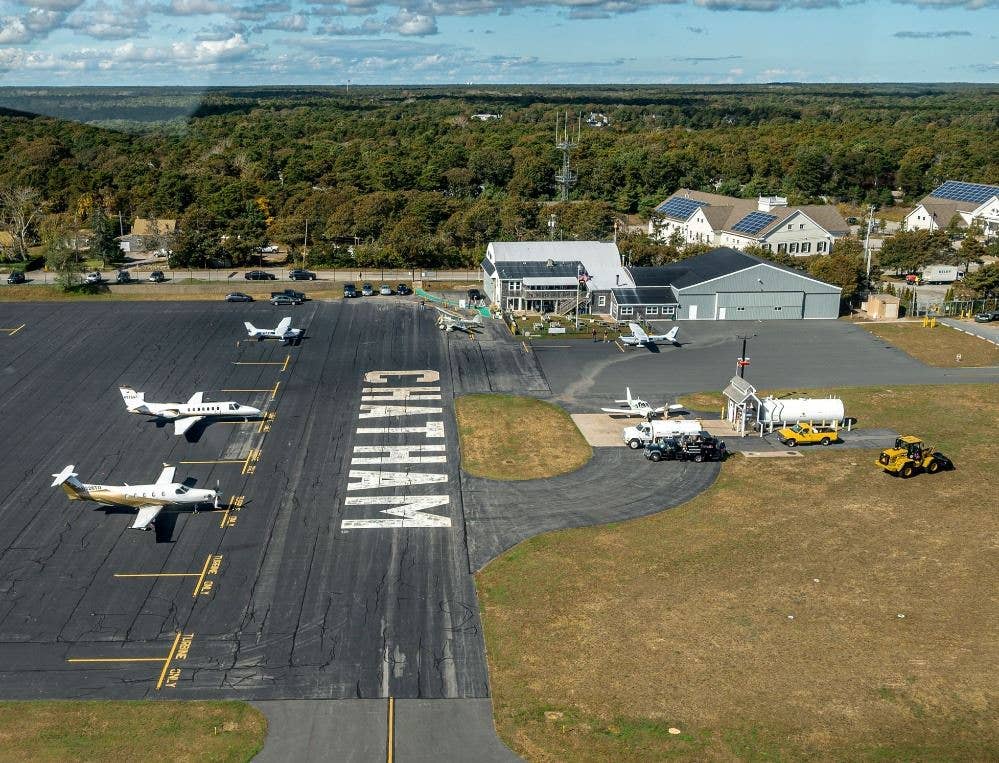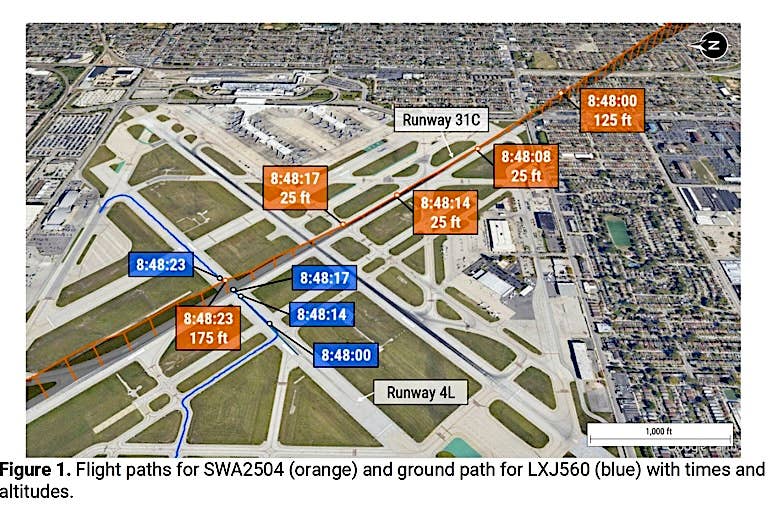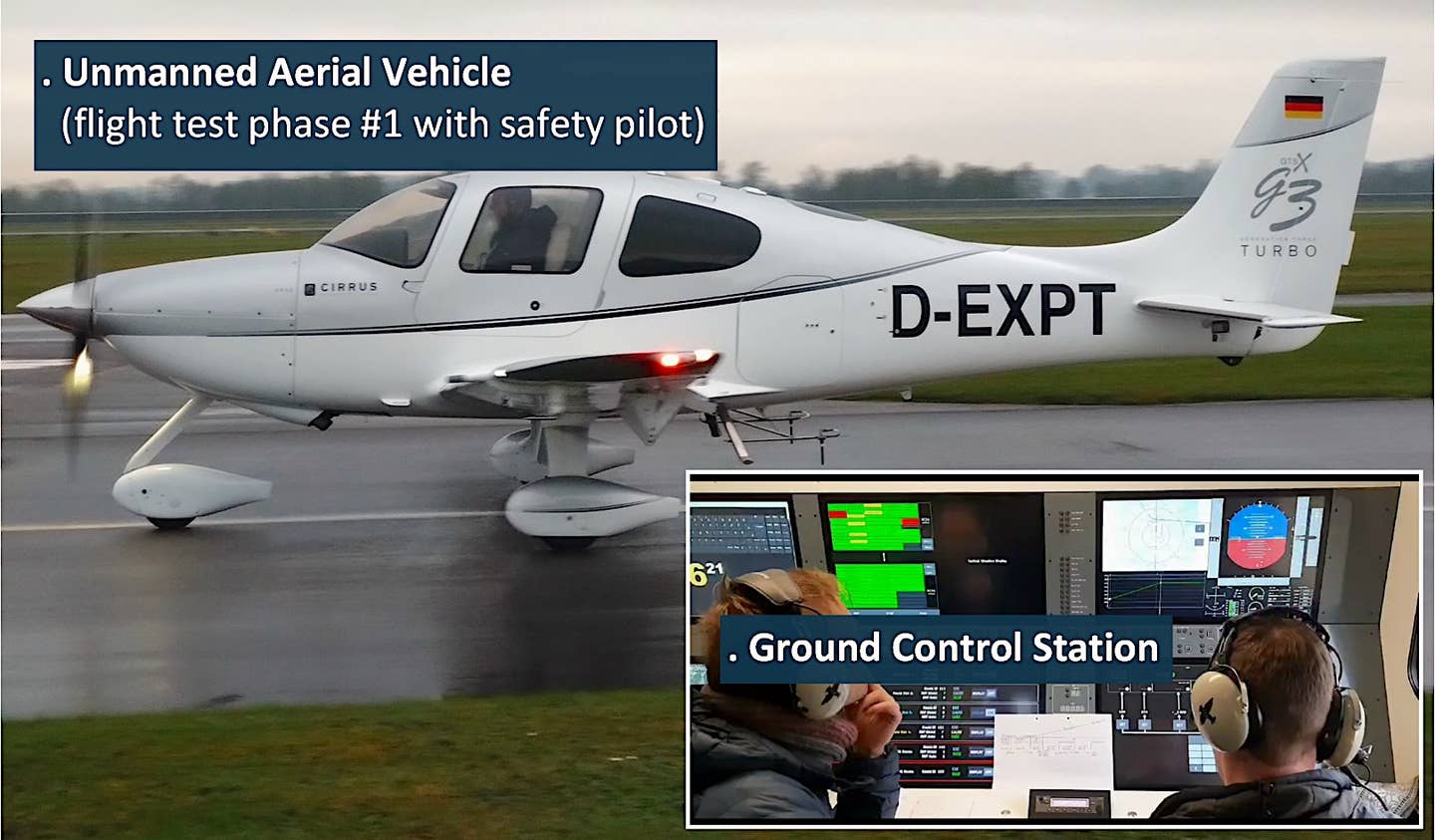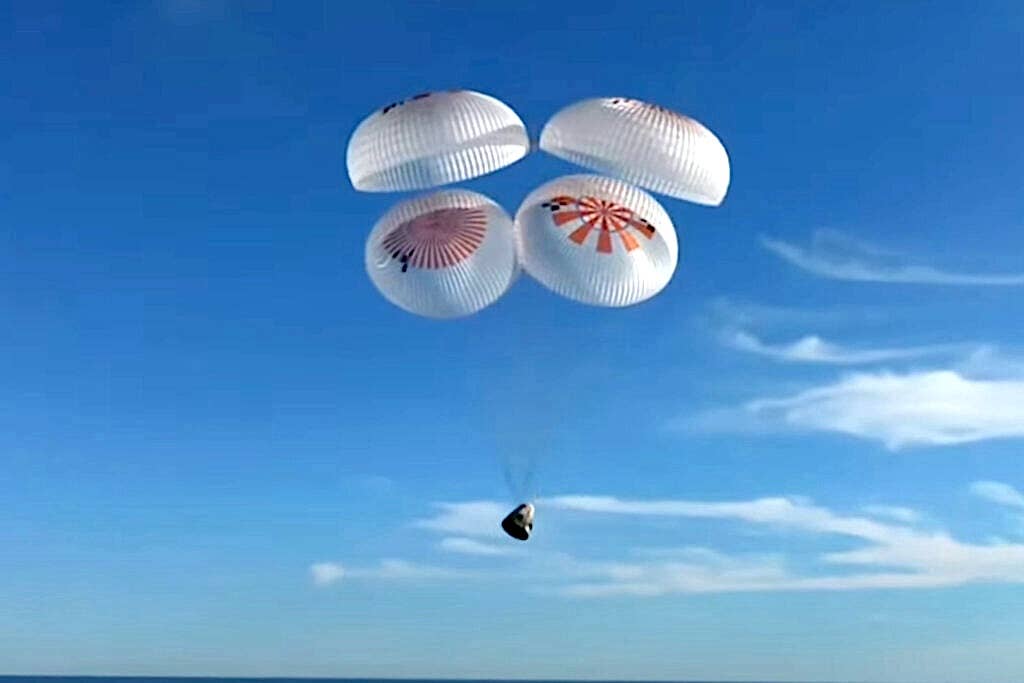FAA Advises Using Analog NAVAIDS In Spoofing Areas
The FAA is telling pilots to brush up on their old-school instrument procedures and use analog NAVAIDs where possible if they’re headed to areas where GPS spoofing is going on….

The FAA is telling pilots to brush up on their old-school instrument procedures and use analog NAVAIDs where possible if they're headed to areas where GPS spoofing is going on. In a Jan. 25 Safety Alert for Operators, the agency said GPS and GNSS disruptions are on the rise, particularly around war zones but also near military operations areas and places where countermeasures against drones are being used. "When available, operators should plan to use conventional Navigational Aids (NAVAIDs) in these locations," the SAFO says. "The FAA recommends that each operator follow the detailed guidance from their respective OEM."
The agency also wants pilots who encounter satellite navigation problems to report it to a dedicated website to add to a disturbingly long list of failures that have occurred so far. Among the anomalies experienced so far are:
- Inability to use GPS/GNSS for navigation;
- Inability to use hybrid GPS/GNSS inertial systems for navigation;
- Loss of area navigation (RNAV) capability, to include required navigation performance (RNP);
- Unreliable triggering of Terrain Avoidance and Warning systems (TAWS);
- Inaccurate aircraft position on navigation display (e.g., moving map and electronic flight bag);
- Loss of or erroneous Automatic Dependent Surveillance-Broadcast (ADS-B) outputs;
- Unanticipated effects to use of conventional navigation aids (e.g., inability to autotune);
- Unanticipated position-dependent flight management system effects (e.g., insufficient fuel indication)
- Failure or degradation of Air Traffic Management (ATM) infrastructure and its associated systems reliant on GPS/GNSS, resulting in potential airspace infringements and/or route deviations.






